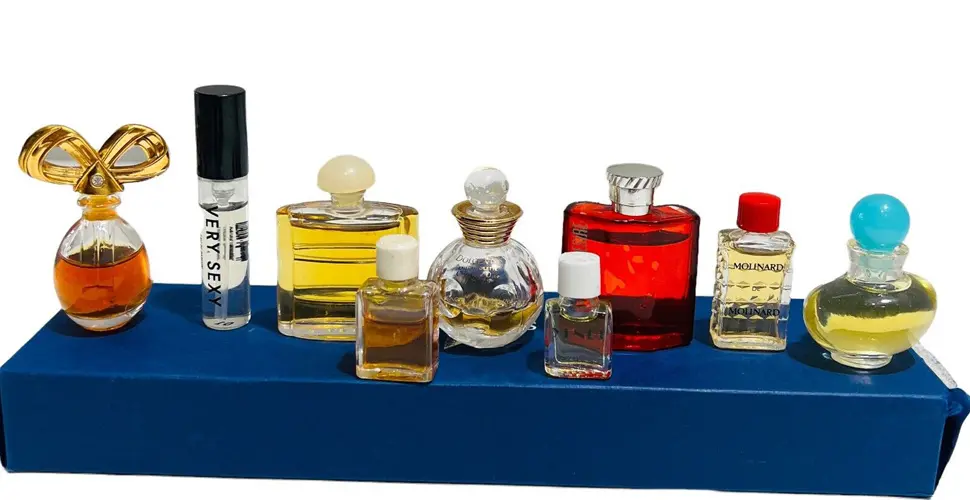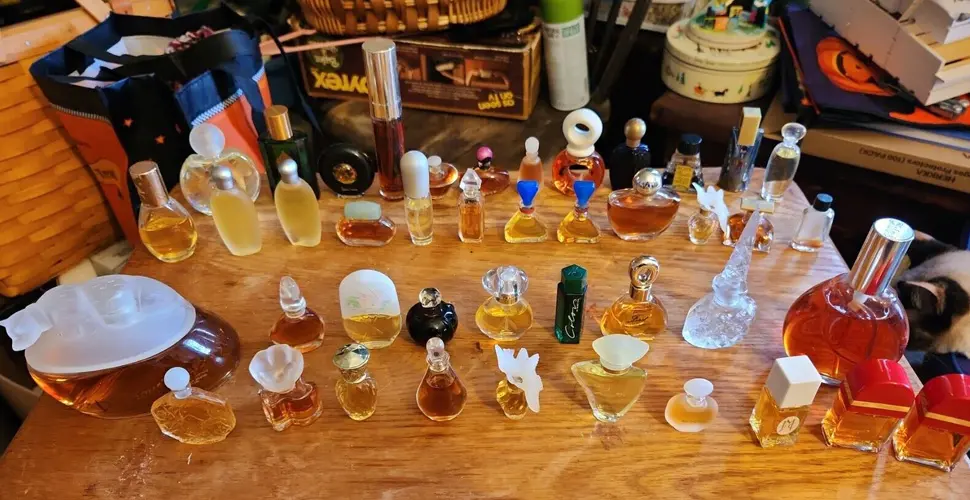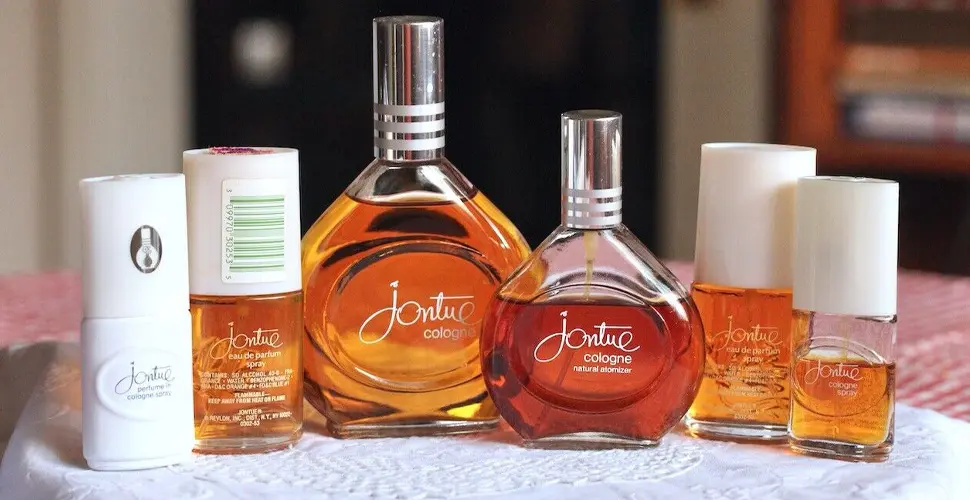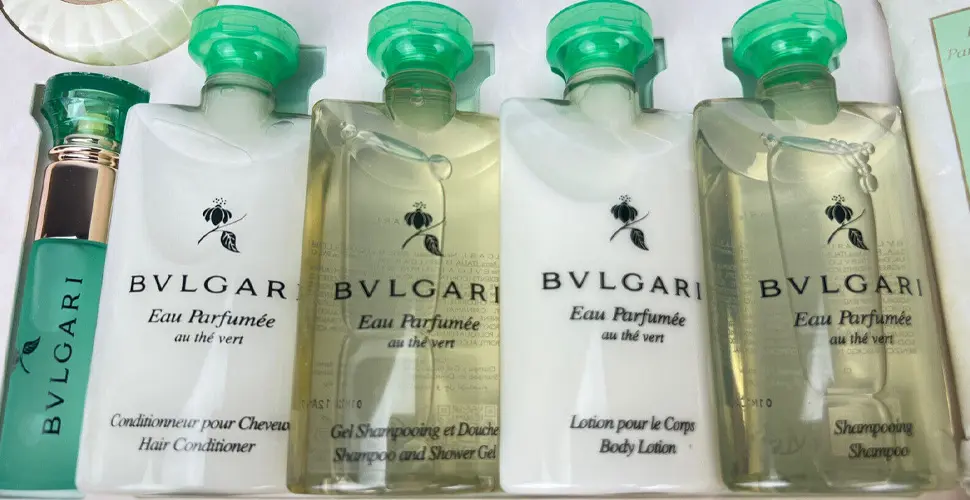The Role of Perfume in Ancient Cultures
Deana Stallings
- 04 Jan 2023

The Role of Perfume in Ancient Cultures
Introduction
Did you know that Ancient Egyptians used perfumes for far more than just the pleasant aroma? For centuries, cultures have made use of fragrances for spiritual, ceremonial, medicinal and romantic purposes. Whether it was to connect with the gods, ward off illness or capture attention - perfume has played an important role in many different ancient societies.
If you are looking for more information on fragrance use by ancient cultures, you’ve come to the right place!
“Fragrance speaks louder than words” - Anonymous.
We will be taking an in-depth look at how ancient Egyptians, Greeks, Chinese, Arabs and more utilized perfume throughout history. From incenses to cosmetics and aromatherapy, we can learn critical insights from the way these civilizations created and used fragrance.
“Frankincense was used in ancient Egypt for religious ceremonies, to embalm the dead, and to beautify the living.”
This blog post is sure to provide you with fascinating facts about Ancient Egypt and will also explore the strong roles fragrances had in other ancient cultures. In particular, we take a look at how the Ancient Greeks and Chinese used scents and the modern day impact these cultures had on perfumery.
Throughout history, perfumes have been used for far more than just a pleasant aroma. This is something we will be exploring in this blog post - some of the key uses for perfumes and fragrances in ancient cultures and why they were so important.
So, what exactly was the impact of perfume to Ancient Egyptians and why is it still relevant to us today? Let’s find out!
Most Iconic Fragrance Brands
While perfume has become a staple of modern life and fashion, the magnificence of sweet-smelling adornment pre-dates our civilized society by what may seem like eons! In ancient cultures, perfume was used to enhance both public and private perceptions of the wearer, making it a highly sought-after item.
The Ancient Egyptians were amongst the first to embrace this luxurious practice, often mixing fragrant herbal oils and dried flowers to create their own state of the art fragrances. It was believed that certain scents were associated with deities and spiritual deities, lending itself to the mystical and sacred. Not only was it used to bring people closer to the gods, but it was also used for medical and cosmetic reasons.
The Greeks and Romans also used scents for their own means, often favoring scents like rose, lily, clove, and sandalwood for their own perfume concoctions. These famous fragrances were used for a variety of things, from scenting clothing and bedding to masking pungent body odors. Not to mention the rise of joint efforts to create the perfect scent, such as the invention of the perfume organ!
From lavish parties to its strategic placement within the home, perfume served as both a status symbol and a form of self-expression. And as we can see, these historical culture’s appreciation of perfume has been carried into today’s time, with the help of big companies like Chanel, Versace, and Armani!
But the greatest use of perfume was, and still is, to bring pleasure to the wearer, who experiences their own individual sense of aroma. It has been famously said, “a perfume is like a piece of art that you can wear!”, a sentiment that embodies the significance of scent in both ancient, and modern society.
So, why not pamper yourself with a spritz, two, or three of your favorite scent? Who knows, you may even be able to channel the ancients just by wearing it!
Ancient Egypt
When it comes to perfumes, Ancient Egyptians were definitely leading the pack – their use and creation of fragrances went back to 3500 B.C. Fragrances were believed to have spiritual powers, and were integral in worship rituals, funerals and other ceremonies.
The materials used to create perfumes in Ancient Egyptian (as well as Islamic and Western) cultures were surprisingly varied - aromatic roots, barks, herbs, resins, and seeds were used to produce essential oils, which were then mixed with animal and plant-based fats (known as bakhoor) or gums. Animal fats, such as musk, civet and ambergris, were popular for the long-lasting fragrances they produced, and including these in the mix guaranteed that the scents released from the bakhoor burned by the people would linger in the air long after the flames had died down.
Some of the most popular fragrances included frankincense, cinnamon, myrrh, mandrake, saffron, juniper, cassia, and calamus. Three of the most common methods used to extract the essential oils used to create Ancient Egyptian perfumes were expressed, enfleurage, and distillation. Expressed extraction was the simplest and cheapest of the three; it was a process of pressing or crushing the plant materials to extract their essence, and it was commonly used to create essential citrus oils. Enfleurage, meanwhile, was a, “rather laborious” process, requiring the use of lard spread on glass plates onto which the flowers and herbs were spread and then allowed to steep, extracting the precious essential oils. The final process - distillation - was the most complicated and involved boiling the plant material and then harvesting the aromatic steam released from it.
Fragrance-making was a complex and lengthy process and Ancient Egyptians had the knowledge and skills to create some of the most luxurious fragrances history had ever seen. Despite their extensive knowledge, these fragrances were only used for certain occasions - for example, certain forms of fragrances were burned or drunk as part of religious rituals and offerings, and weren’t used for cosmetics or for scenting the home. Still, perfumes were considered an important part of the Ancient Egyptian culture and were used to anoint and purify the pharaohs - a practice that has lived on in modern times.
Even though perfume-making and use have come a long way since Ancient Egyptian times, the same basic concepts that served then continue to prevail today. And who knows - perhaps the olfactory masters of the past would be proud to know that their craft still has a place in the modern world.
Ancient Greece
Over the centuries, perfume has been an integral part of everyday life for both men and women. But did you know that perfume use dates all the way back to ancient Greece? That’s right, for more than 2000 years, Greeks have developed a variety of perfume-making techniques that still influence modern perfumes today.
Let’s take a look at the history and background of perfume in Ancient Greece and explore how the Greeks created their beloved fragrances.
To understand this ancient fragrance-making practice, it’s important to understand the ingredients that the Greeks used to create their unique fragrances. While modern perfumes often use synthetic ingredients, the ancient Greeks were limited to natural materials like flower petals, herbs, and spices. The most popular ingredients used were balsam, frankincense, myrrh and rose.
Now that we know the materials, let’s investigate the methods used in Ancient Greece to create powerful perfumes. The main technique was steam distillation, which was used to extract the essence from the plant materials. This involved heating the plant materials, allowing the fragrant vapors and liquid to be released within the steam. Alternatively, the Greeks sometimes combined and burned the ingredients, allowing the resulting ash to capture and store the fragrant molecules.
It’s safe to say that the Greeks were no strangers to perfume, as evidence suggests that perfume was used in burial rituals, religious ceremonies and domestic settings. During the Classical period, Athens was known for its scented baths, oiled bodies and perfumed clothes. Even their money was scented, as coins were steeped in fragrant oils to prevent corrosion.
Now that we understand the history and techniques used to create fragrances in Ancient Greece, let’s look at the legacy of these ancient practices.
Perfumes created during the Ancient Greek period were often so powerful that many of them were deemed too potent for everyday use. Although some perfumes were used for spiritual and magical purposes, milder fruit, flower and herbal varieties were the most popular for everyday life.
The Ancient Greeks also experimented with aromatherapy and developed the concept of the ‘power of smell’. They believed that scent has the power to invoke powerful emotions and even heal diseases.
It is clear to see why the perfumes of Ancient Greece still remain popular today. In many ways, the techniques used to create these fragrances were just as impressive as modern techniques, even though the ingredients used were far less sophisticated.
Perfume has been around since Ancient Greece and it’s certainly here to stay!
Ancient Rome
As a civilization that was considered far advanced for its time, ancient Rome was interested in many luxury items, including perfume and fragrance. From early history, Romans had a fascination with scent and aroma, and it all started with the god of perfume, named Nascio.
Long before modern synthetic fragrances were created, Romans were concocting concoctions of naturally occurring plants and herbs to create both pleasant and healing scents. In ancient Rome, fragrance was believed to be both a healing and religious experience. After a bath, people would apply fragrances to their bodies to experience relief from stress and anxiety.
One important factor to remember is that the ancients did not have access to modern tools and tools like pliers and scissors. Therefore, the tools used to make fragrances were more primitive. All of the materials and tools used to create fragrances were natural resources obtained from the surrounding environment.
The three main materials used to make fragrances in Ancient Rome were plant materials, flower petals, and natural resins. Plant materials, such as lavender, lily of the valley, jasmine, and roses, were often combined with water, which was heated to create a tincture. This tincture was then used to create a base for the fragrance.
Flower petals could be used in a variety of ways to add scent to the tincture. Some of the flowers commonly used in ancient Rome were roses, lilies, and violets. The petals were often crushed or rubbed between stones and added to the tincture for a pleasant aroma.
The natural resins used in ancient Rome were also used to create unique scents. Resins from trees, such as cypress and pine, were particularly sought after because of their natural sweetness and long-lasting scent. These trees were also necessary ingredients in creams and oils.
The ancient Romans had several ways of using fragrances. They could be placed in a vial and used as a perfume, mixed with water and used as a lotion, or mixed with oils and used as a massage oil. They could also be created into a stick, which was said to be the first creation of incense. The ingredients were mixed with natural, renewable waxes and placed in a small clay pot, which was then lit to fill the room with fragrance.
Ancient Roman fragrances were highly sought after and used in a variety of ways. The materials used to create these fragrances were all natural, making them perfect for a long lasting, pleasant smell.
So if you ever want to feel like an ancient Roman for a day, grab a few natural ingredients, grab some wax, and create your own unique fragrance!
Ancient China
Perfume use has been around for thousands of years, with some of its earliest uses appearing in Ancient China. Perfume has been one of those rare Gospels that has been celebrated across the ages and is still seen today as a symbol of luxury, beauty and even romantic longing.
The Ancient Chinese viewed perfume as an elixir to a physical, spiritual and mental sense of true well-being. They believed that it gave the wearer a sense of energizing vibrancy which is why it so readily became a part of the daily routine of not just the wealthy and privileged, but increasingly the common people as well.
The emphasis they placed on fragrance was such that they are thought to have coined the process and name of perfumery - extracts of scented plants and flowers - dating as far back as before 500 BC.
Creating this scented wealth was no mean feat however, as the materials and methods used in Ancient Chinese perfumery were incredibly unique and incredibly intricate.
Ingredients were oftentimes sourced from the four corners of the Empire - musk from Tibet, sandalwood from the Yellow Mountains, Agarwood from the Northwestern provinces and Benzoin from Sichuan – and then extracted using an inconvenient mixture of water, animal fat and evaporated alcohol. The process began with the collection of plants and herbs from the land and then moved on to grinding them down into powder, before being pounded and then cooked in fragrant oil and fats.
Not only was the Chinese perfumery process different in extraction, but it was also different in its application. Rather than spraying directly onto the skin as we do in modern day, it was often burnt and aromatised around the body and then patted onto the skin as a paste. This paste was sometimes even incorporated into clothing and furnishings which increased its longevity and spreadability. How’s that for a level up?
In Ancient Chinese culture, this form of perfumery was used in religious ceremonies and by royal courtiers, but more commonly by the common folk. Whether it was worn as an essence of fashion and hygiene, or used to perfume bedrooms and shrouds of the dead, there was no questioning its importance in the overall lifestyle and functioning of this impressive and influential Empire.
Though costumes may have changed, fragrances have endured and, in many senses, been refined and improved upon since its early Chinese roots. What remains is a reminder of a practice and appreciation for perfume so deeply embedded it has withstood the test of time.
So next time you spritz on a signature scent for your day ahead, pause for a moment and take pride in knowing that you stand powerful and perfumed in the long line of history’s admirers of perfume.
Conclusion
In conclusion, it’s easy to take for granted the amazing impact and long-standing influence of perfume in ancient cultures. From religious rituals that involved expensive and rare ingredients to elaborate courtship practices, the sense of smell had an important role in many people’s lives for countless centuries. Perfume remains a powerful way to self-express, and many of its methods and intentions still remain useful today.
Why not make an effort to explore the world of scent and discover the ancient connection between scent and memory? See how different fragrances can bring us back to a different time and place, connecting us to the distant past in a way we never thought possible. The possibilities of perfume are endless, so let’s take advantage of the opportunity it offers us today to make an unforgettable impression and live life to the fullest!


